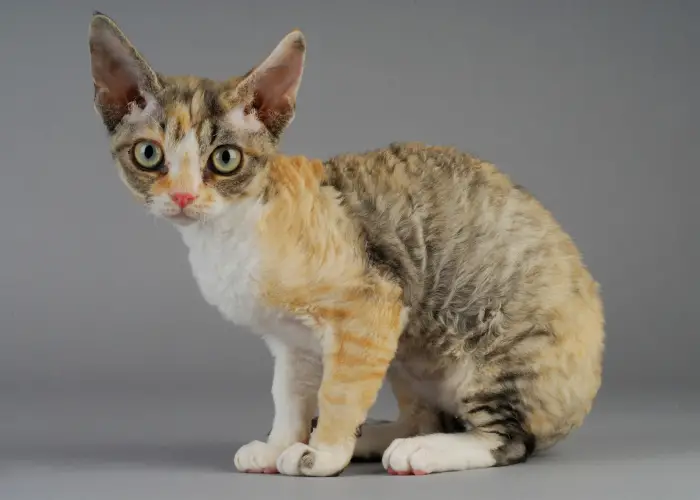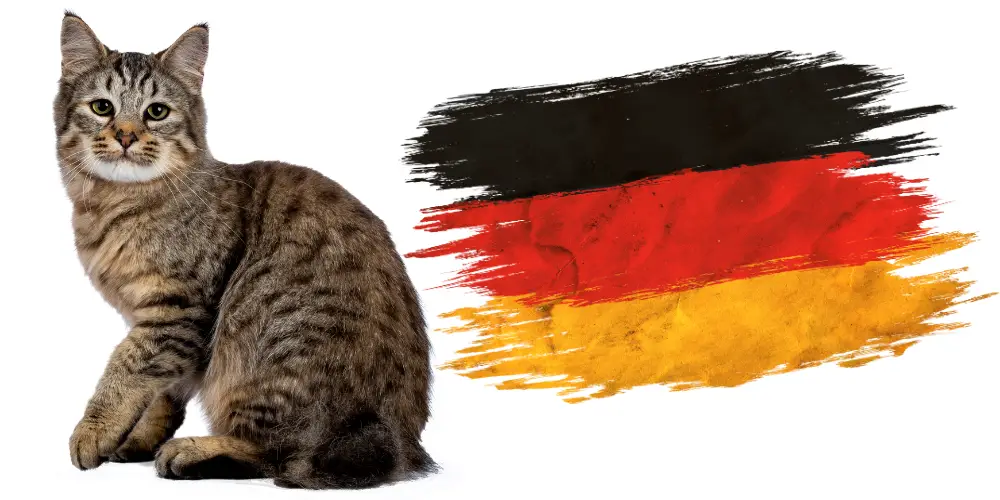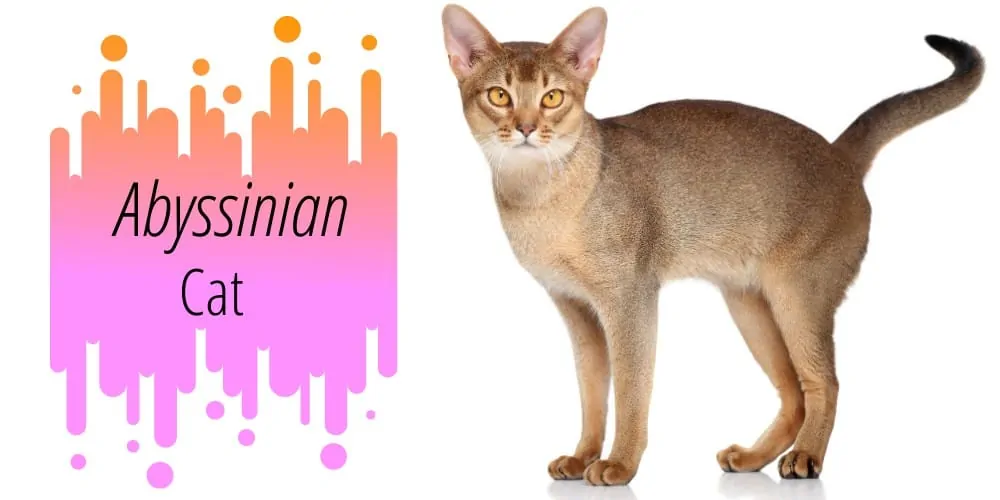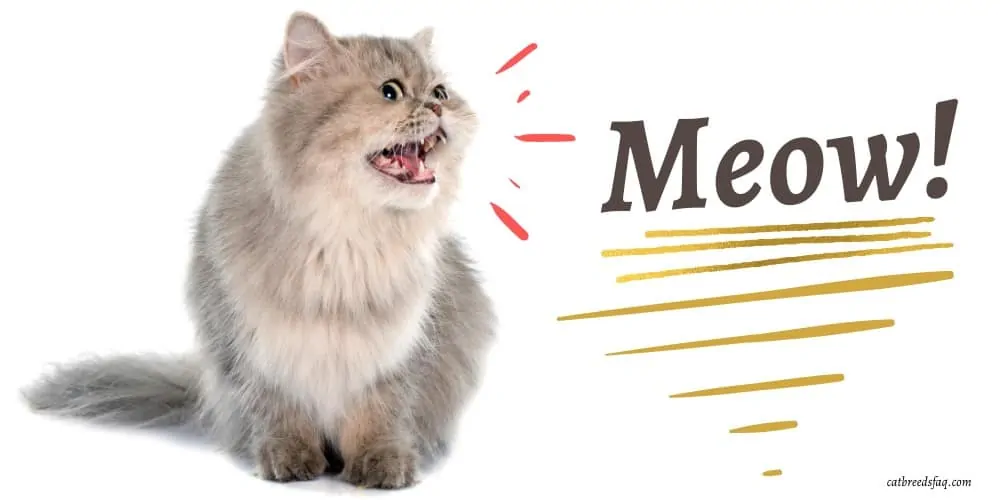German cat breeds are not just felines; they blend history and charm unique to Germany.
Why are these cats so special?
Dive in to uncover the allure of these distinct breeds and discover tales that might make you want a German kitty purring by your side. Let’s embark on this feline journey together!
Key Takeaways
- German cat breeds have a deep history intertwined with Germany’s culture, evolving from practical pest controllers to cherished household companions.
- The German Rex, originating from a natural mutation in 1950s Berlin, is known for its distinctive curly coat and playful, loyal temperament.
- German Longhair Cats, selectively bred for elegance and robust health in the early 20th century, are characterized by their serene nature and luxurious, silky coats.
- German cat breeds possess unique characteristics that set them apart from other European feline breeds, reflecting their regional heritage.
- Proper care for German cat breeds involves a balanced diet, regular grooming, health check-ups, and attention to breed-specific needs.
- When considering adopting or purchasing a German cat breed, inquiries about health history and temperament from breeders or centers are crucial.
- German cats have played significant roles in folklore, legends, and modern media, impacting society.
- Ethical breeding practices and prioritizing adoption are vital for preserving the legacy of German cat breeds and maintaining their uniqueness.
- Europe boasts various cat breeds, but German cats stand out with their distinct lineage, attributes, and indelible mark on cat lovers worldwide.
2 Native German Cat Breeds
German Rex

Origin and History
In the aftermath of World War II, the German Rex breed Taffectionately termed the “curly cat,” emerged in a somewhat serendipitous manner.
Dr. R. Scheuer-Karpin stumbled upon a unique black cat with a curly coat, reminiscent of a lamb, in the gardens of Hufeland Hospital in East Berlin.
This feline, affectionately named Lämmchen or “Little Lamb,” became the cornerstone of the German Rex breed.
By 1957, Lämmchen was paired with one of her curly-coated offspring, marking the birth of the first German Rex litter.
Despite its captivating history, the German Rex remains elusive in the modern cat world.
Only a handful of cat registries, namely the World Cat Federation (WCF) and the International Cat Federation, acknowledge this breed.
While the Cat Fanciers’ Association overlooks it, they recognize its close relative, the Cornish Rex, among other curly-coated breeds.
Physical Characteristics
Characterized by its athletic build and weighing around eight pounds on average, the German Rex boasts a round face, pronounced chin, and large ears that seem to dominate its head.
Its signature curly whiskers and short, semi-wavy fur, devoid of guard hairs, give it a velvety texture.
This breed showcases a spectrum of coat colors and patterns, ranging from classic whites and blacks to intricate tabbies and tortoiseshells.
Personality and Temperament
If you’re seeking a playful, affectionate feline companion, the German Rex won’t disappoint.
Their loyalty is often likened to that of dogs, making them a cherished pet in many households. Their sharp intellect is evident in their love for puzzles and enthusiasm for games like fetch.
Care and Health Considerations
The German Rex’s distinct curly coat demands regular grooming to keep matting at bay.
Generally a hearty breed, potential owners should be vigilant about skin conditions that can arise due to their coat’s unique texture.
German Longhair Cat

Origin and History
The German Longhair Cat’s lineage dates back to the early 20th century.
First identified in 1929, it has a storied past but remains unrecognized by major cat organizations.
Historically, these long-haired cats were generically termed “Angoras” by the Germans.
However, when Dr. Friedrich Schwangart encountered these cats, he set out to distinguish them from the British-style Persian cats, leading to the christening of the “German Longhair.
Post World War II, the breed was thought to have vanished, but thanks to the efforts of breeder Mrs. R Aschemeier, who located a pair, the German Longhair was revived.
Physical Characteristics
True to its name, the German Longhair Cat flaunts a luxurious, silky coat that cascades gracefully with every step.
Their sturdy build, paired with their majestic appearance, often earns them comparisons to feline monarchs.
Personality and Temperament
The German Longhair Cat is the embodiment of serenity. Their gentle demeanor makes them ideal lap cats, always seeking the warmth of their human companions.
Their deep bond with family members is evident in their patience, especially with children, making them a favorite in family households.
Care and Health Considerations
The German Longhair Cat’s luscious mane requires diligent grooming to maintain its sheen and prevent tangles.
While they’re blessed with a robust constitution, ensuring regular veterinary check-ups will keep them in optimal health.
Comparison with Other European Cat Breeds
With its rich cultural mosaic, Europe has birthed many cat breeds, each echoing the tales and traditions of its homeland.
Among these, German cats have carved a niche thanks to their unique genetic heritage and captivating histories.
| Aspect | German Cats | Other European Breeds |
|---|---|---|
| Temperament and Behavior | German cats, especially breeds like the German Rex, are renowned for their playful, loyal, and affectionate nature, often drawing comparisons to canines in their loyalty. | The French Chartreux is known for its reserved elegance, while the Norwegian Forest Cat is celebrated for its independent spirit. |
| Physical Distinctions | The German Rex, for instance, boasts a unique curly fur, a testament to a rare genetic mutation. This distinct coat has made it a darling among cat enthusiasts. | The British Shorthair stands out with its round face, robust physique, and dense coat, embodying a different charm. |
| Adaptability and Environment | German breeds, such as the German Longhair, are adaptable to various environments, from urban apartments to countryside homes. | The Spanish Blue is more inclined towards warmer climates, while the Siberian cat is built for the cold, showcasing their regional preferences. |
In essence, while Europe offers a diverse range of feline breeds, each with its unique quirks and characteristics, German cats, with their distinct lineage and attributes, have etched an indelible mark in the world of cat lovers.
Caring for German Cat Breeds
Dietary Needs:
German cat breeds, known for their vivacity and zest for life, require a diet that fuels their energy.
A balanced diet comprising high-quality cat food ensures they receive all the essential nutrients.
Ingredients should be scrutinized for real meat sources, devoid of fillers or artificial additives.
Freshwater, often overlooked, is a cornerstone of their health. Always ensure they have access to clean water.
Given their inherent activity levels, a protein-rich diet supports muscle growth and sustains energy.
Grooming Tips:
The luxurious coats of German cat breeds, especially the long-haired varieties, demand meticulous care.
Regular grooming sessions ensure their coat remains pristine and offer a bonding opportunity between the cat and the owner.
These sessions are also opportune moments to inspect for skin issues, lumps, or external parasites.
For those with longer coats, a wide-toothed comb is a grooming arsenal essential. It effortlessly glides through their fur, detangling any knots and ensuring their mane remains lustrous.
Health Considerations:
The adage ‘prevention is better than cure’ holds especially true for feline care. Regular vet check-ups are non-negotiable.
These visits offer a holistic view of their health, ensuring they are up-to-date with vaccinations and free from potential health concerns.
While German cat breeds are generally robust, being cognizant of breed-specific genetic conditions allows for early detection and intervention.
Regular dental check-ups, flea and tick prevention, and deworming are also integral components of their health regimen.
Exercise and Play Recommendations:
Mental stimulation is as crucial as physical activity for these intelligent breeds.
Interactive toys, like feather wands or laser pointers, pique their interest and offer hours of play.
Given their sharp intellect, puzzle toys challenge their cognitive abilities, ensuring their minds remain as agile as their bodies.
Regular play sessions, tailored to their individual preferences, keep them physically fit and offer an outlet for their boundless energy.
Adoption and Purchase Considerations
Where to Find Them:
If you’re looking to welcome a German cat breed into your home, starting your journey at reputable sources is essential.
Renowned breeders, dedicated to preserving the breed’s integrity, are invaluable resources.
They ensure that the cats are raised in a nurturing environment, following ethical breeding practices.
Adoption centers, especially those focusing on specific breeds, can be treasure troves.
Adopting such centers offers a cat a second chance at a loving home and supports the commendable work these organizations undertake.
Average Costs:
The cost of acquiring a German cat breed can vary based on several factors. Purebred cats from esteemed breeders, especially those with a lineage of show champions, can command a premium price.
However, the cost isn’t just the purchase price. Prospective owners should also factor in initial vet check-ups, vaccinations, spaying or neutering, and essential supplies like litter boxes, toys, and food.
Conversely, adoption often comes with a nominal fee, which typically includes initial medical care and vaccinations.
Essential Questions to Ask:
- Health and Genetics:
- What is the cat’s health history?
- Are there any known genetic conditions or hereditary diseases in the lineage?
- Temperament:
- How would you describe the cat’s temperament?
- How do they interact with other animals or children?
- For Breeders:
- What are your breeding practices and philosophies?
- In what kind of environment are the kittens raised?
- Do you offer post-adoption support or guidance?
- For Adoption Centers:
- What is the cat’s backstory or history before coming to the center?
- Are there any known behavioral challenges or quirks?
- What kind of post-adoption support or resources does the center provide?
History of Cat Breeding in Germany
Germany’s rich tapestry of history and culture is intricately woven with the tales of its feline companions. The journey of cat breeding in this European heartland is as old as some of its most ancient legends.
Ancient Beginnings
The bond between Germans and cats can be traced back to ancient times. With their keen hunting skills, cats were invaluable in protecting granaries and homes from pests.
This practical role, however, soon evolved into a deeper emotional connection, with cats becoming integral members of households.
Symbolism and Cultural Significance
In German culture, cats are often considered symbols of mystery, elegance, and independence.
Their graceful movements and enigmatic behaviors have inspired countless tales, poems, and artworks. Over time, they were seen as mere pets and companions with almost mystical qualities.
Evolution through Selective Breeding
As the appreciation for cats grew, so did the desire to cultivate specific traits.
Selective breeding, a practice that began centuries ago, aimed to enhance specific physical and temperamental characteristics.
This led to the emergence of distinct breeds showcasing various colors, coat patterns, and personalities.
These breeds, born out of careful selection and passion, are today recognized as quintessentially German.
Cats in Urban and Rural Landscapes:
From Berlin’s busy streets to Bavaria’s calm countryside, cats are constantly present. They’ve witnessed history, from medieval times to modern days, and revered and cherished throughout.
Folklore and Family Tales:
Cats have also found their way into German folklore and family tales. Legends speak of cats bringing good luck, and tales of their adventures and mischiefs are told.
In many households, stories of family cats have been passed down through generations, becoming a cherished part of family lore.
In essence, the history of cat breeding in Germany is not just about the evolution of breeds but also about the deep bond that has been nurtured over centuries between the German people and their feline companions.
Fun Facts and Trivia
Historical Tidbits:
German cat breeds have not just been household companions but have also played roles in folklore and legends.
Tales from olden times often featured these cats as mystical beings, guardians of treasures, or even shape-shifters.
Unique Features:
Did you know the German Rex’s coat feels eerily similar to lamb’s wool? This unique texture is not just a delight to touch but also a topic of intrigue in many feline circles.
Famous Felines
Germany has its share of famous cats, both real and fictional. One such notable mention is Mauz, a fictional character that has captured the hearts of many through children’s literature.
There have also been tales of German cats that have traveled the world, embarked on adventures, or even been the muse for famous artists and writers.
Cultural Impact:
Cats, particular breeds like the German Longhair, have often been depicted in art, literature, and modern media.
Their grace, elegance, and sometimes, their quirky personalities have inspired many creators over the years.
Did You Know?
While many associate cats with independence, German cat breeds are known for their loyalty, often drawing comparisons with canine companions’ dedication and attachment to their human families.
Final Thoughts
With their rich history and distinct characteristics, German cat breeds are truly a testament to the country’s diverse cultural tapestry.
These feline wonders, each carrying a unique story, have graced households with their presence and etched their mark in history, folklore, and the hearts of many.
Their elegance, intelligence, and endearing personalities make them more than just pets; they are companions, confidants, and cherished family members.
As we reflect on the beauty and significance of these breeds, we must remember the responsibility that comes with pet ownership.
By embracing ethical breeding practices, promoting adoption, and ensuring their well-being, we can ensure that the legacy of these magnificent German cat breeds continues to thrive for generations to come.
FAQs
What is Germany’s national cat?
Germany doesn’t have an official national cat. However, the German Rex and German Longhair are two breeds native to the country and are highly regarded.
What is the coat of a German Rex cat?
The German Rex cat boasts a unique curly coat due to a natural genetic mutation. This coat is soft to the touch and often compared to lamb’s wool in texture.
What is the most common pet in Germany?
Cats reign supreme as the most common pet in Germany. As of 2022, there were 15.2 million cats in German households, making them the predominant pet.
REFERENCES:
- German Rex. (2023, February 7). In Wikipedia. https://en.wikipedia.org/wiki/German_Rex
- Deutsch-Langhaar. (n.d.). World Cat Federation. Retrieved August 18, 2023, from https://wcf.info/WCF-EN/standard/longhair/Deutsch-Langhaar.html


